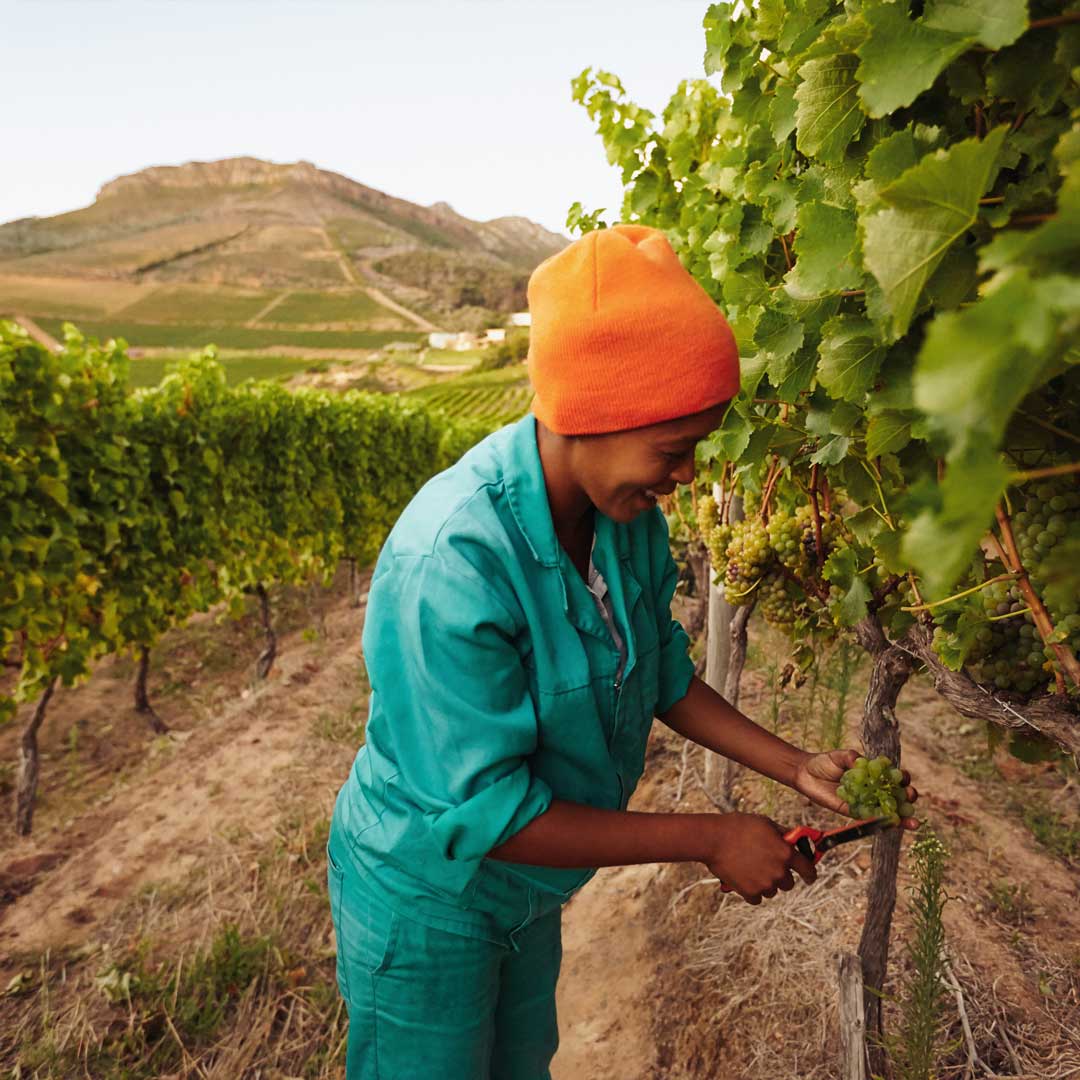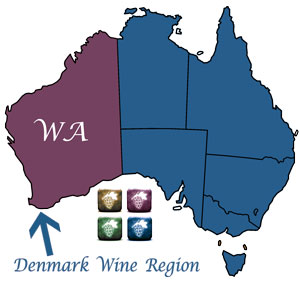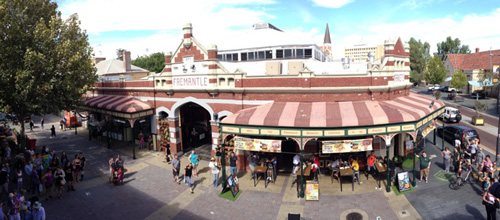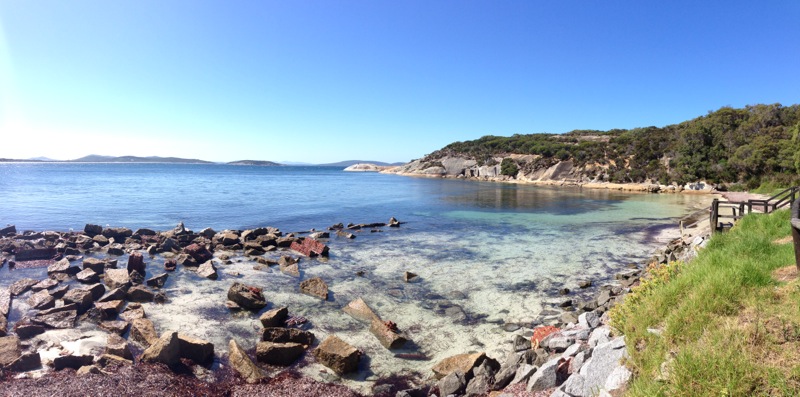Learn About Wine
What is Wine?
Wine is an alcoholic beverage, made of fermented fruit juice, usually from grapes. Grape wine is produced by fermenting crushed grapes using various types of yeast. Yeast consumes the sugars in the grapes and converts them into alcohol. Different varieties of grapes and strains of yeasts produce different types of wine
wikipedia.org
The quality of the grapes determines the quality of the wine more than any other factor. Grape quality is affected by variety as well as weather during the growing season, soil minerals and acidity, time of harvest, and pruning method. The combination of these effects is often referred to as the grape's terroir.
wikipedia.org
wikipedia.org
The quality of the grapes determines the quality of the wine more than any other factor. Grape quality is affected by variety as well as weather during the growing season, soil minerals and acidity, time of harvest, and pruning method. The combination of these effects is often referred to as the grape's terroir.
wikipedia.org

Terroir = land
Terroir, originally a French term, comes from the word terre "land". Terroir denotes the special characteristics that the geography, geology and climate of a certain place bestowed upon particular produce.
At its core is the assumption that the land from which the grapes are grown imparts a unique quality that is specific to that region. The amount of influence and the scope that falls under the description of terroir has been a controversial topic in the wine industry.
Some of the components often described as aspects of terroir include Climate, Soil type, Topography & Other plants growing in and around the vine plots. The definition of terroir can be expanded to include elements that are controlled or influenced by human decisions such as choice of yeast for fermentation
At its core is the assumption that the land from which the grapes are grown imparts a unique quality that is specific to that region. The amount of influence and the scope that falls under the description of terroir has been a controversial topic in the wine industry.
Some of the components often described as aspects of terroir include Climate, Soil type, Topography & Other plants growing in and around the vine plots. The definition of terroir can be expanded to include elements that are controlled or influenced by human decisions such as choice of yeast for fermentation
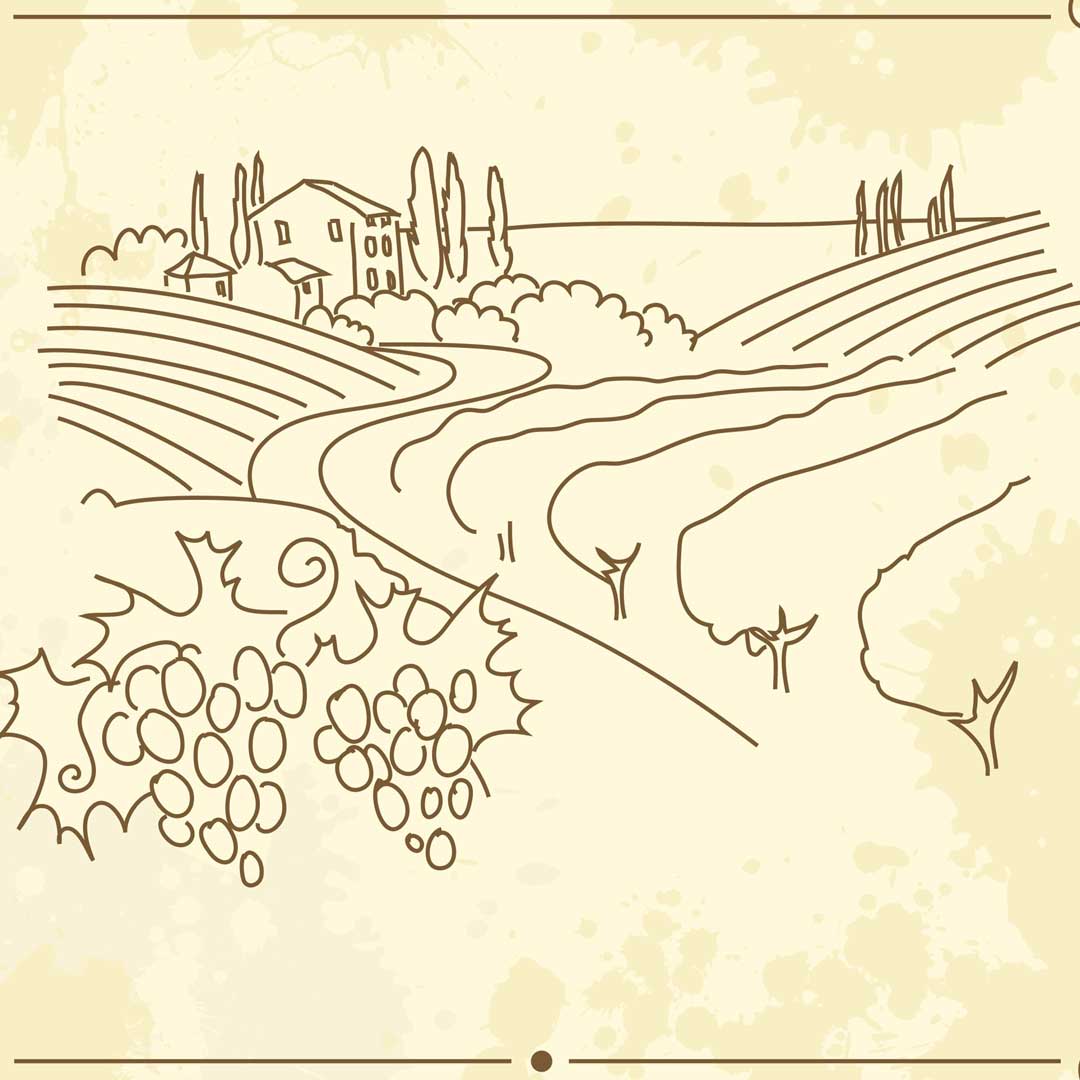
Viticulture = vine
Viticulture comes from the Latin word for vine, it is the science, production and study of grapes which deals with the series of events that occur in the vineyard.
Wine Making - Part of Human HeritageIn viticulture, the climates of wine regions are categorized based on the overall characteristics of the area's climate during the growing season.
While variations in macroclimate are acknowledged, the climates of most wine regions are categorised as being part of a Mediterranean, maritime or continental climate.
Influence of climate on viticulture:
Beyond establishing whether or not viticulture can even be sustained in an area, the climatic influences of a particular area goes a long way in influencing the type of grape varieties grown in a region and the type of viticultural practices that will be used.
The presence of adequate sun, heat and water are all vital to the healthy growth and development of grapevines during the growing season.
In general, grapevines thrive in temperate climates which grant the vines long, warm periods during the crucial flowering, fruit set and ripening periods.
In addition to temperature, the amount of rainfall (and the need for supplemental irrigation) is another defining characteristics.
On average, a grapevine needs around 28 inches (700 mm) of water for sustenance during the growing season, not all of which may be provided by natural rain fall.
Wine Making - Part of Human HeritageIn viticulture, the climates of wine regions are categorized based on the overall characteristics of the area's climate during the growing season.
While variations in macroclimate are acknowledged, the climates of most wine regions are categorised as being part of a Mediterranean, maritime or continental climate.
Influence of climate on viticulture:
Beyond establishing whether or not viticulture can even be sustained in an area, the climatic influences of a particular area goes a long way in influencing the type of grape varieties grown in a region and the type of viticultural practices that will be used.
The presence of adequate sun, heat and water are all vital to the healthy growth and development of grapevines during the growing season.
In general, grapevines thrive in temperate climates which grant the vines long, warm periods during the crucial flowering, fruit set and ripening periods.
In addition to temperature, the amount of rainfall (and the need for supplemental irrigation) is another defining characteristics.
On average, a grapevine needs around 28 inches (700 mm) of water for sustenance during the growing season, not all of which may be provided by natural rain fall.
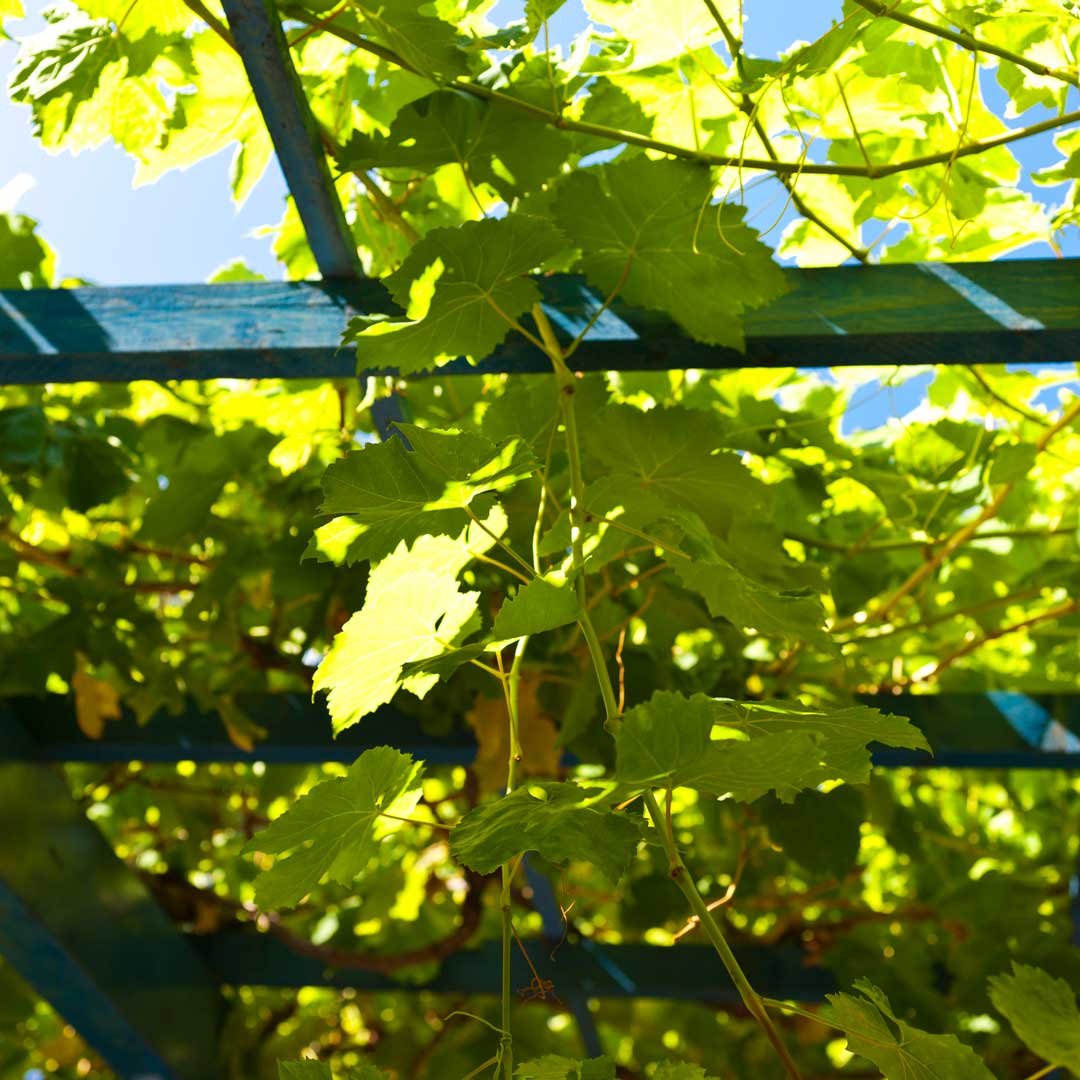
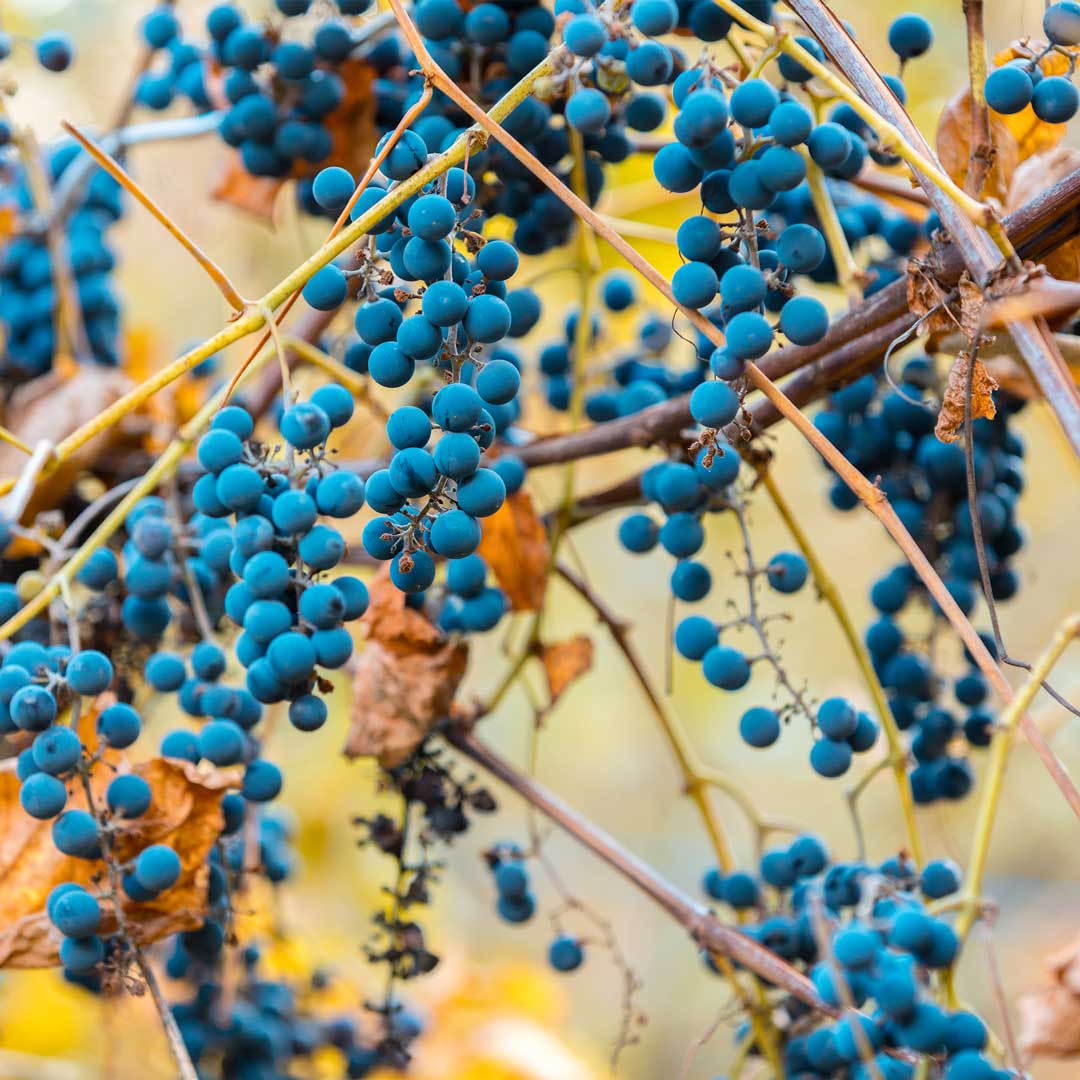
Mediterranean Climate
Wine regions with Mediterranean climates are characterized by their long growing seasons of moderate to warm temperatures.
Throughout the year there is little seasonal change with temperatures in the winter generally warmer than those of maritime and continental climates.
Throughout the year there is little seasonal change with temperatures in the winter generally warmer than those of maritime and continental climates.
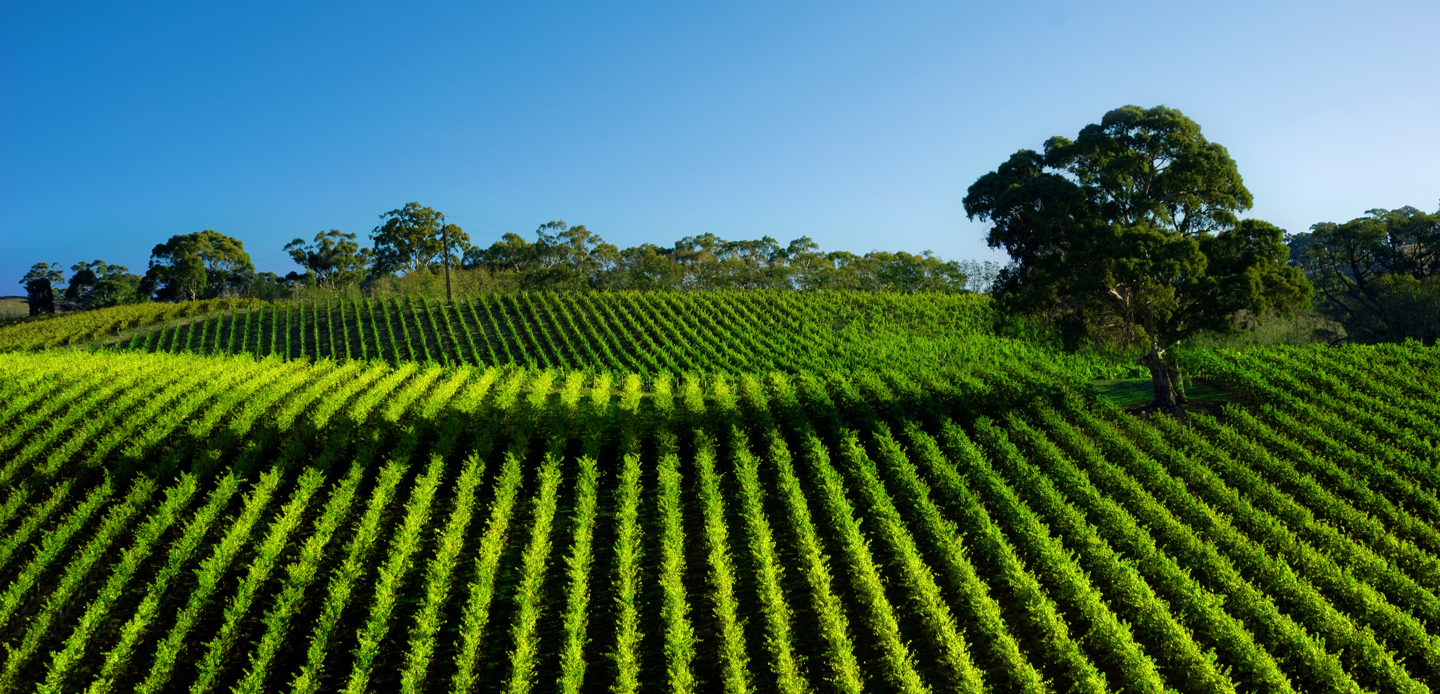
Wine Making = Part of Human Heritage
The majority of the world's premium wine production takes place in one of these three climate categories in locations between the temperate latitudes of 30° and 50° in each hemisphere. Within these bands, the annual mean temperatures are between 10 and 20 °C (50 and 68 °F).
The presence of large bodies of water and mountain ranges can have positive effects on the climate and vines. Nearby lakes and rivers can serve as protection for drastic temperature drops at night by releasing the heat that the water has stored during the day to warm the vines.
The vine needs approximately 1300-1500 hours of sunshine during the growing season and around 690 millimetres (27 in) of rainfall throughout the year in order to produce grapes suitable for winemaking. In ideal circumstances, the vine will receive most of the rainfall during the winter and spring months.
Topography, too, is important. Hillsides and slopes are preferred over flatter terrain: vines growing on a slope receive a greater strength of the sun rays with sunshine falling on an angle perpendicular to the hillside; in flatter terrain, the strength of the sunlight is diluted as it is spread out across a wider surface area.
Additionally, a slope affords better drainage, obviating the possibility that the vine might sit in overly moist soil.
The presence of large bodies of water and mountain ranges can have positive effects on the climate and vines. Nearby lakes and rivers can serve as protection for drastic temperature drops at night by releasing the heat that the water has stored during the day to warm the vines.
The vine needs approximately 1300-1500 hours of sunshine during the growing season and around 690 millimetres (27 in) of rainfall throughout the year in order to produce grapes suitable for winemaking. In ideal circumstances, the vine will receive most of the rainfall during the winter and spring months.
Topography, too, is important. Hillsides and slopes are preferred over flatter terrain: vines growing on a slope receive a greater strength of the sun rays with sunshine falling on an angle perpendicular to the hillside; in flatter terrain, the strength of the sunlight is diluted as it is spread out across a wider surface area.
Additionally, a slope affords better drainage, obviating the possibility that the vine might sit in overly moist soil.
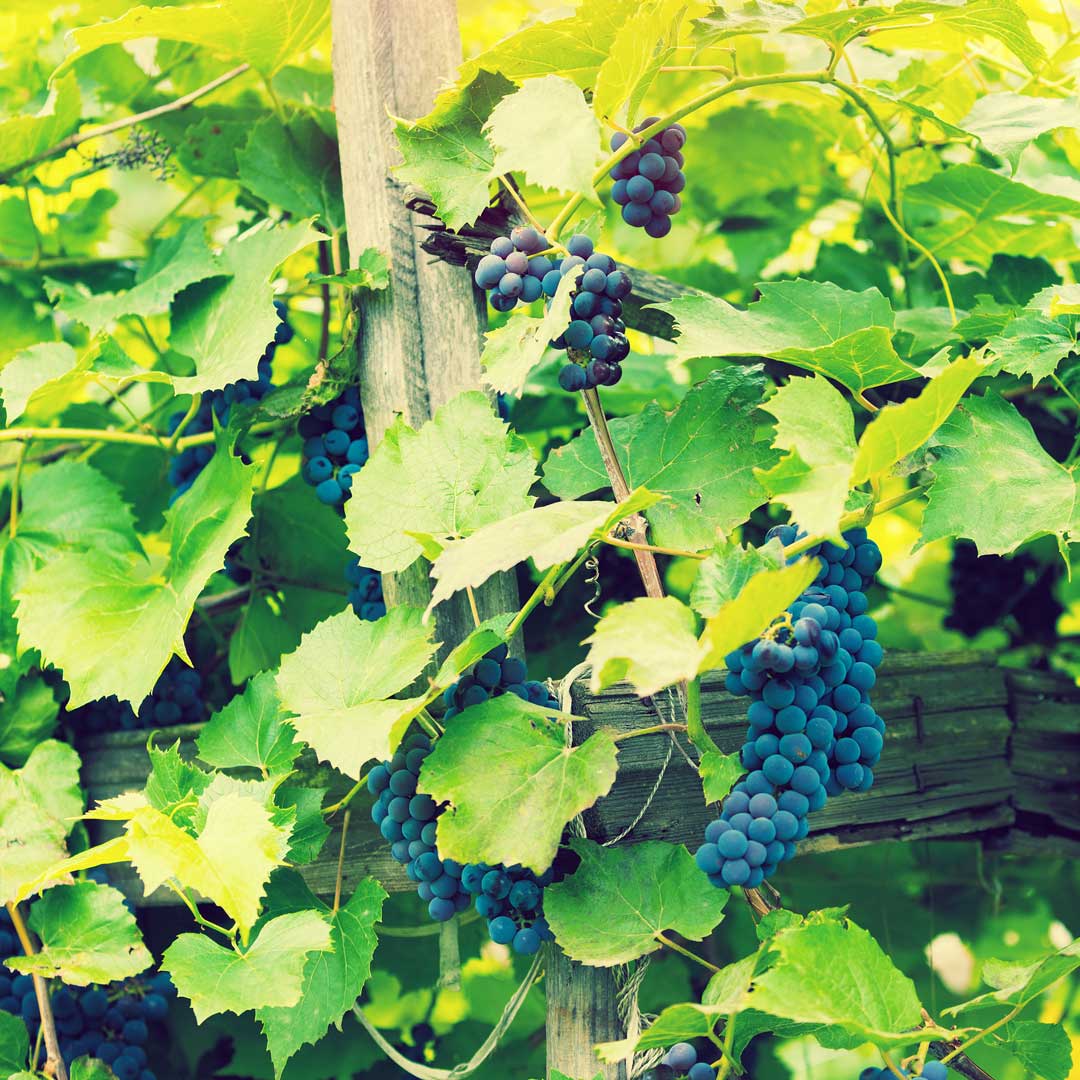

Grape Varieties
Wine is usually made from one or more varieties of the European species such as Pinot Noir, Merlot, Gamay, Cabernet Sauvignon & Chardonnay.
In the context of wine production, terroir is a concept that encompasses the varieties of grapes used, elevation and shape of the vineyard, type and chemistry of soil, climate and seasonal conditions, and the local yeast cultures.
The range of possibilities here can result in great differences between wines, influencing the fermentation, finishing, and aging processes as well.
In the context of wine production, terroir is a concept that encompasses the varieties of grapes used, elevation and shape of the vineyard, type and chemistry of soil, climate and seasonal conditions, and the local yeast cultures.
The range of possibilities here can result in great differences between wines, influencing the fermentation, finishing, and aging processes as well.

Vintage
Vintage, in wine-making, is the process of picking grapes and creating the finished product.
The harvesting of wine grapes (Vintage) is one of the most crucial steps in the process of winemaking. The time of harvest is determined primarily by the ripeness of the grape as measured by sugar, acid and tannin levels with winemakers basing their decision to pick based on the style of wine they wish to produce. The weather can also shape the timetable of harvesting. The harvest season typically falls between February & April in the Southern Hemisphere.
A "vintage wine" is one made from grapes that were all or mostly grown in a particular year, and labelled as such. Vintage, in wine-making, is the process of picking grapes and creating the finished product. A "vintage wine" is one made from grapes that were all or mostly grown in a particular year, and labelled as such.
Consequently, it is not uncommon for wine enthusiasts and traders to save bottles of an especially good vintage wine for future consumption. From this tradition, a common, though incorrect, usage applies the term to any wine that is perceived to be particularly old or of a particularly high quality.
Variations in a wine's character from year to year can include subtle differences in colour, palate, nose, body and development. High-quality wines can improve in flavour with age if properly stored.
The harvesting of wine grapes (Vintage) is one of the most crucial steps in the process of winemaking. The time of harvest is determined primarily by the ripeness of the grape as measured by sugar, acid and tannin levels with winemakers basing their decision to pick based on the style of wine they wish to produce. The weather can also shape the timetable of harvesting. The harvest season typically falls between February & April in the Southern Hemisphere.
A "vintage wine" is one made from grapes that were all or mostly grown in a particular year, and labelled as such. Vintage, in wine-making, is the process of picking grapes and creating the finished product. A "vintage wine" is one made from grapes that were all or mostly grown in a particular year, and labelled as such.
Consequently, it is not uncommon for wine enthusiasts and traders to save bottles of an especially good vintage wine for future consumption. From this tradition, a common, though incorrect, usage applies the term to any wine that is perceived to be particularly old or of a particularly high quality.
Variations in a wine's character from year to year can include subtle differences in colour, palate, nose, body and development. High-quality wines can improve in flavour with age if properly stored.
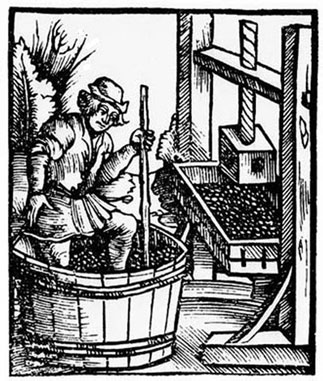

The growth cycle of grapes
The annual growth cycle of grapevines is the process that takes place in the vineyard each year, beginning with bud break in the spring and culminating in leaf fall in autumn followed by winter dormancy.
From a winemaking perspective, each step in the process plays a vital role in the development of grapes with ideal characteristics for making wine. The stages of the annual growth cycle usually become observable within the first year of a vine's life. The amount of time spent at each stage of the growth cycle depends on a number of factors-most notably the type of climate (warm or cool) and the characteristics of the grape variety.
From a winemaking perspective, each step in the process plays a vital role in the development of grapes with ideal characteristics for making wine. The stages of the annual growth cycle usually become observable within the first year of a vine's life. The amount of time spent at each stage of the growth cycle depends on a number of factors-most notably the type of climate (warm or cool) and the characteristics of the grape variety.
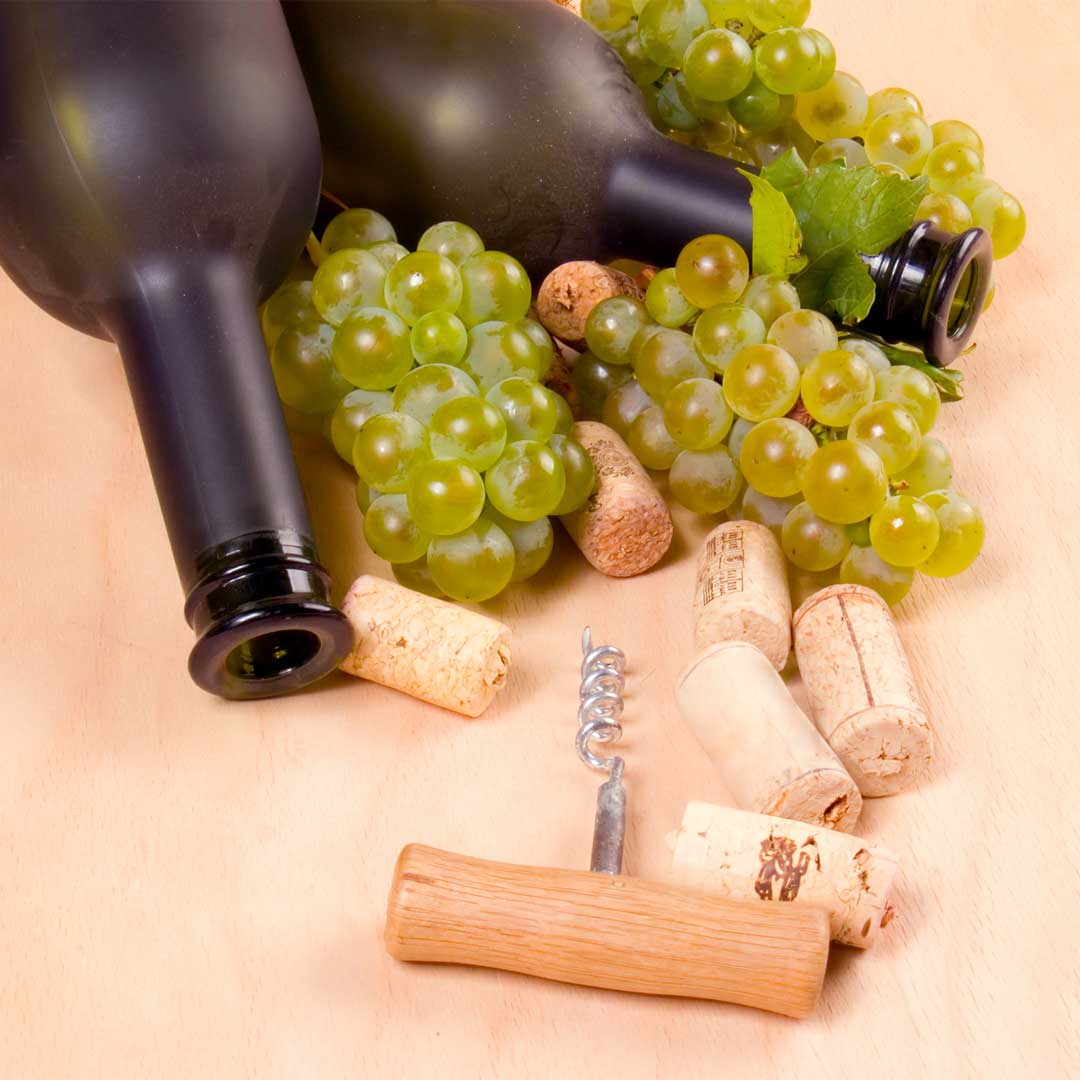
Bud Break
The grape starts its annual growth cycle in the spring with bud break.
Tiny buds on the vine start to swell and eventually shoots begin to grow from the buds. Buds are the small part of the vine that rest between the vine's stem and the petiole (leaf stem).
These buds appear in the summer of previous growth cycle green and covered in scales. During winter dormancy they turn brown until the spring when the vine begins the process of bud break and the first sign of green in the vineyard emerges in the form of tiny shoots.
The energy to facilitate this growth comes from reserves of carbohydrate stored in roots and wood of the vine from the last growth cycle.
Eventually the shoots sprout tiny leaves that can begin the process of photosynthesis, producing the energy to accelerate growth.
Tiny buds on the vine start to swell and eventually shoots begin to grow from the buds. Buds are the small part of the vine that rest between the vine's stem and the petiole (leaf stem).
These buds appear in the summer of previous growth cycle green and covered in scales. During winter dormancy they turn brown until the spring when the vine begins the process of bud break and the first sign of green in the vineyard emerges in the form of tiny shoots.
The energy to facilitate this growth comes from reserves of carbohydrate stored in roots and wood of the vine from the last growth cycle.
Eventually the shoots sprout tiny leaves that can begin the process of photosynthesis, producing the energy to accelerate growth.
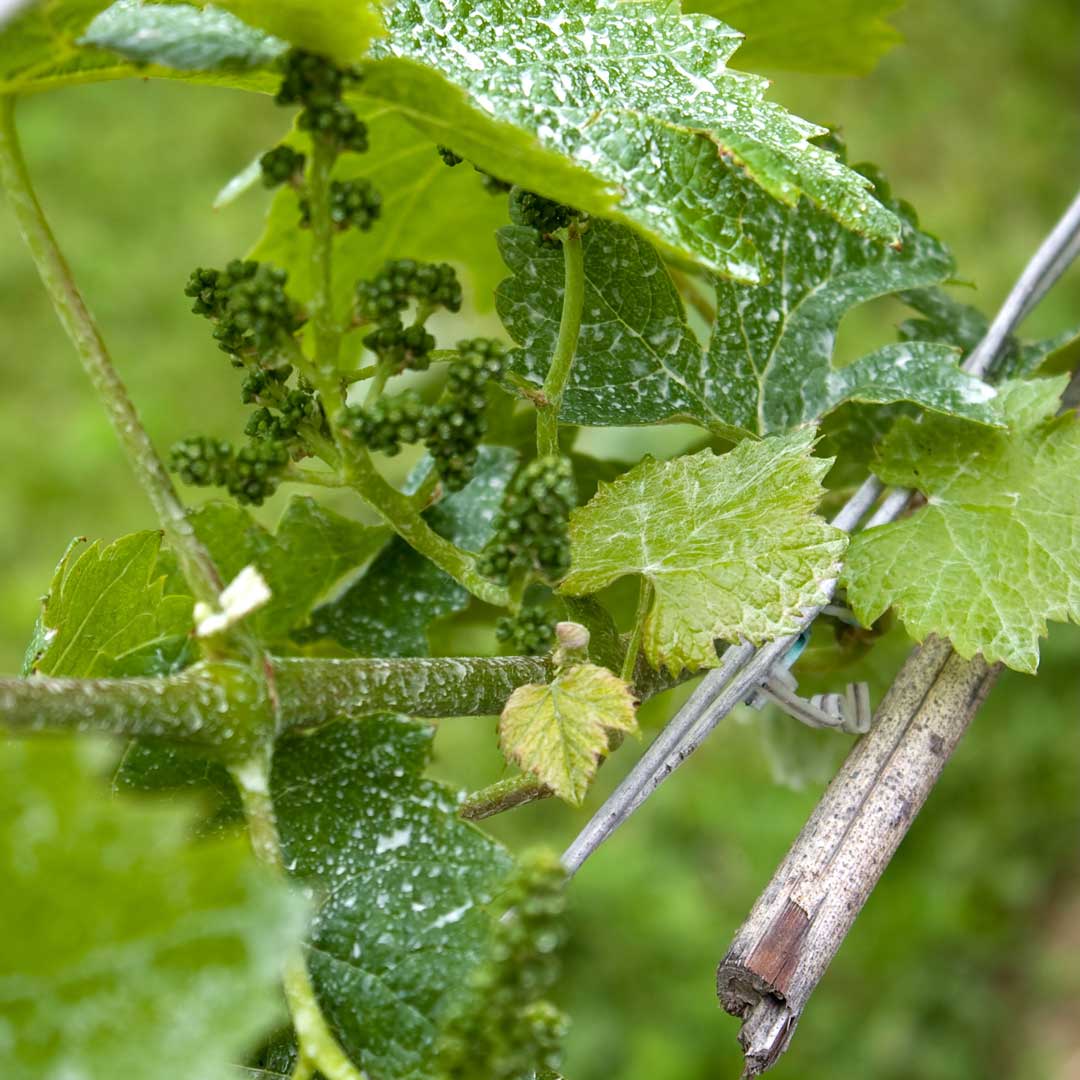
Flowering
Depending on temperatures, 40-80 days after bud break the process of flowering begins with small flower clusters appearing on the tips of the young shoots looking like buttons.
A few weeks after the initial clusters appears, the flowers start to grow in size with individual flowers becoming observable. It is during this stage of flowering that the pollination and fertilization of the grapevine takes place with the resulting product being a grape berry, containing 1-4 seeds.
A few weeks after the initial clusters appears, the flowers start to grow in size with individual flowers becoming observable. It is during this stage of flowering that the pollination and fertilization of the grapevine takes place with the resulting product being a grape berry, containing 1-4 seeds.

Fruit Set
The stage of fruit set follows flowering almost immediately, when the fertilized flower begins to develop a seed and grape berry to protect the seed. This stage is very critical for wine production since it determines the potential crop yield. Not every flower on the vine gets fertilized, with the unfertilized flowers eventually falling off the vine.
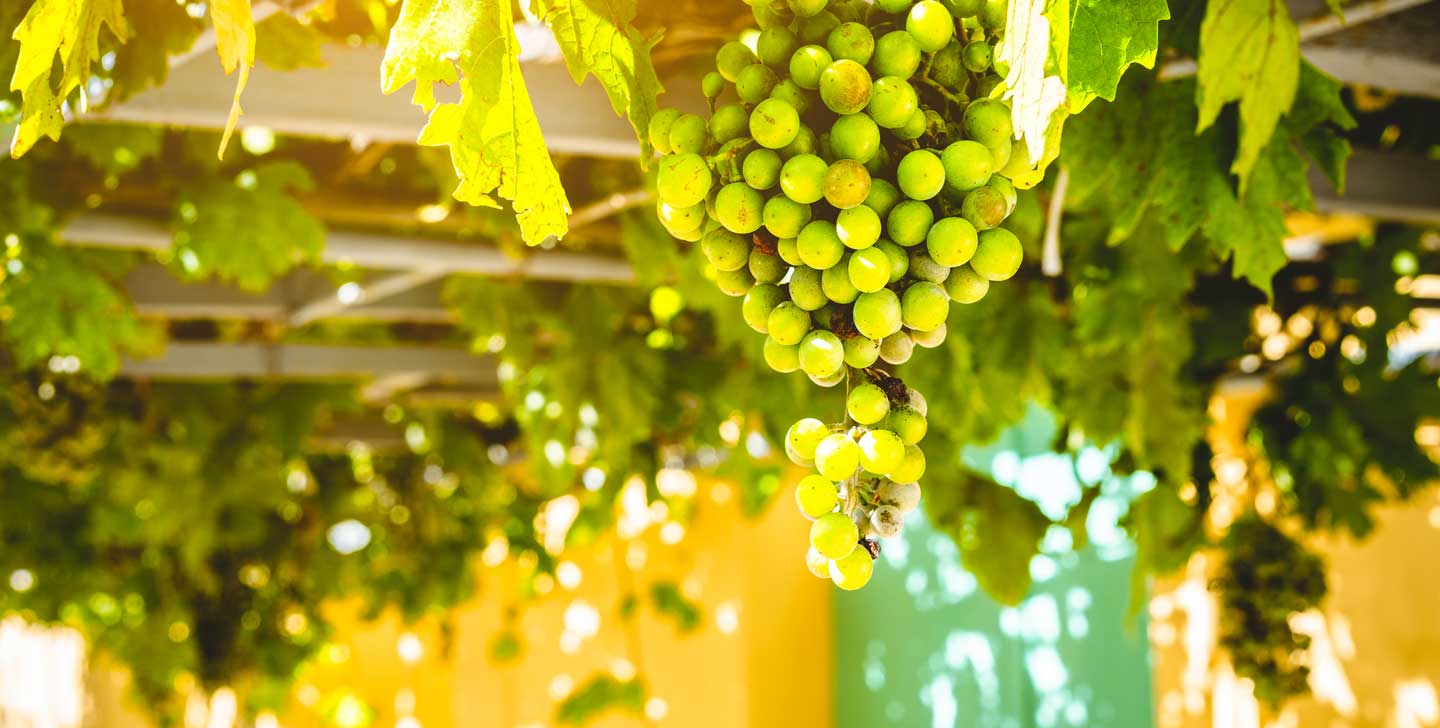
Veraison
Following fruit set, the grape berries are green and hard to the touch. They have very little sugar and are high in organic acids. They begin to grow to about half their final size when they enter the stage of veraison, which is "the onset of ripening". This stage signals the beginning of the ripening process and normally takes places around 40-50 days after fruit set.
During this stage the colours of the grape take form-red/black or yellow/green depending on the grape varieties. This colour changing is due to the chlorophyll in the berry skin being replaced by anthocyanins (red wine grapes) and carotenoids (white wine grapes).
In a process known as engustment, the berries start to soften as they build up sugars. Within six days of the start of veraison, the berries begin to grow dramatically as they accumulate glucose and fructose and acids begin to fall. The onset of veraison does not occur uniformly among all berries.
Typically the berries and clusters that are most exposed to warmth, on the outer extents of the canopy, undergo veraison first with the berries and clusters closer to the trunk and under the canopy shade undergoing it last. During this period the cane of the vine starts to ripen as well changing from green and springing to brown and hard. The vines begins to divert some of its energy production into its reserves in preparation for its next growth cycle.
During this stage the colours of the grape take form-red/black or yellow/green depending on the grape varieties. This colour changing is due to the chlorophyll in the berry skin being replaced by anthocyanins (red wine grapes) and carotenoids (white wine grapes).
In a process known as engustment, the berries start to soften as they build up sugars. Within six days of the start of veraison, the berries begin to grow dramatically as they accumulate glucose and fructose and acids begin to fall. The onset of veraison does not occur uniformly among all berries.
Typically the berries and clusters that are most exposed to warmth, on the outer extents of the canopy, undergo veraison first with the berries and clusters closer to the trunk and under the canopy shade undergoing it last. During this period the cane of the vine starts to ripen as well changing from green and springing to brown and hard. The vines begins to divert some of its energy production into its reserves in preparation for its next growth cycle.
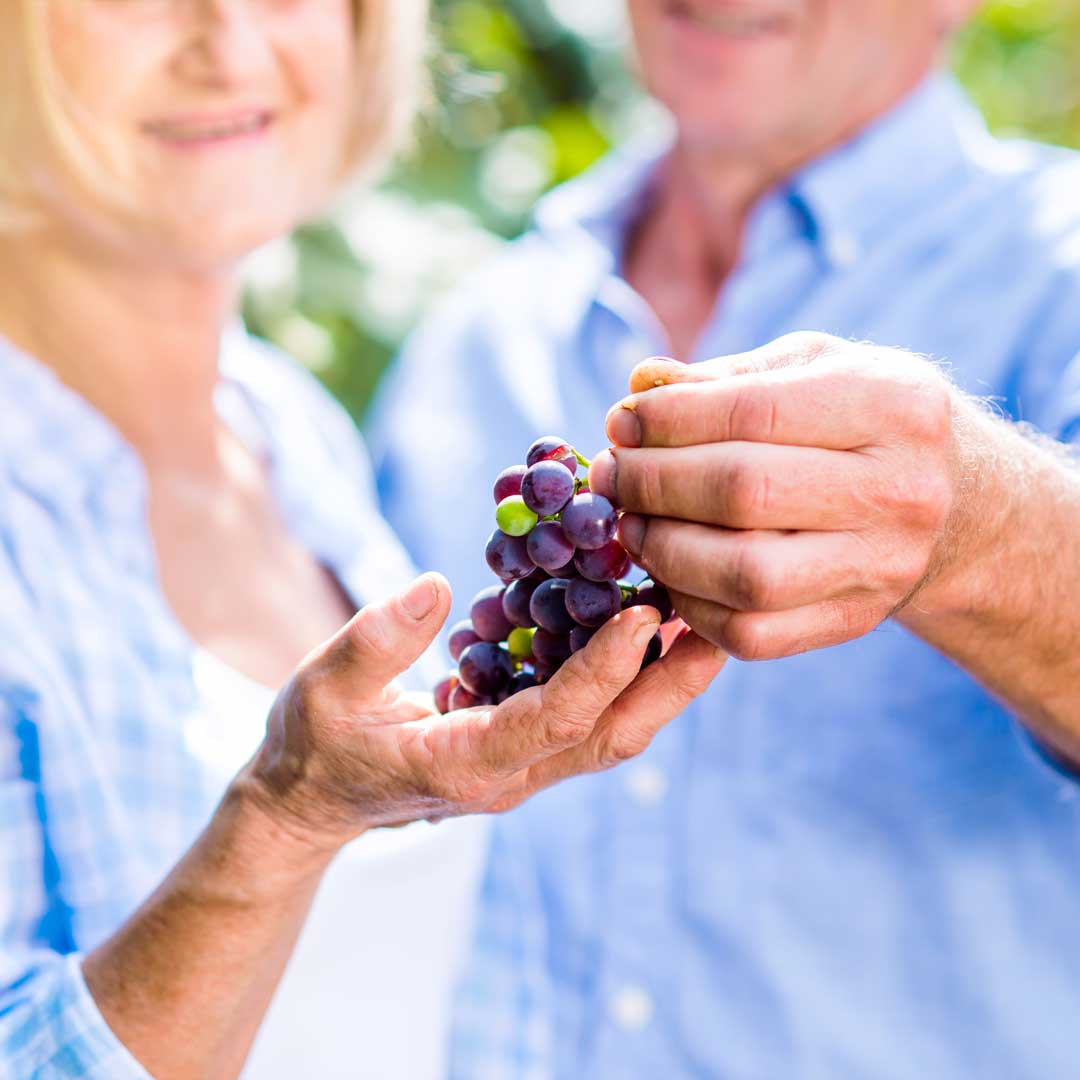
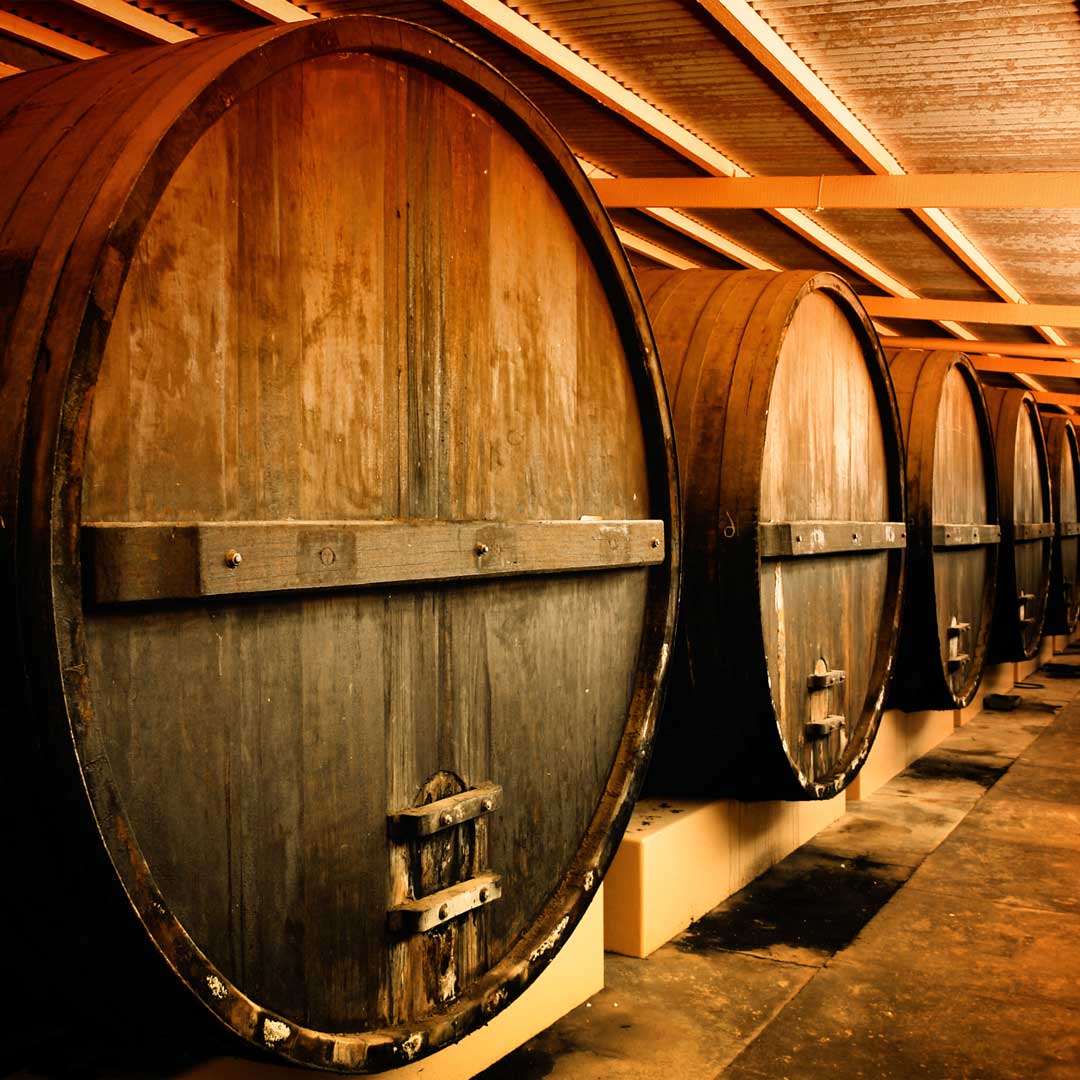
After Harvest
In the vineyard, the antepenultimate event is the harvest in which the grapes are removed from the vine and transported to the winery to begin the wine making process. The time of harvest depends on a variety of factors-most notably the subjective determination of ripeness.
As the grape ripens on the vines, sugars and pH increase as acids (such as malic acid) decrease. Tannins and other phenolics also develop which can affect the flavours and aromas in the resulting wine.
Following the harvest, the vines continues the process of photosynthesis, creating carbohydrate reserves to store in the vine's roots and trunks. It will continue doing this until an appropriate level of reserves have been stored.
At that point the chlorophyll in the leaves begin to break down and the leaves change colour from green to yellow.
Following the first frost the leaves begin to fall as the vine starts to enter its winter dormancy period.
The following spring, the cycle begins again.
As the grape ripens on the vines, sugars and pH increase as acids (such as malic acid) decrease. Tannins and other phenolics also develop which can affect the flavours and aromas in the resulting wine.
Following the harvest, the vines continues the process of photosynthesis, creating carbohydrate reserves to store in the vine's roots and trunks. It will continue doing this until an appropriate level of reserves have been stored.
At that point the chlorophyll in the leaves begin to break down and the leaves change colour from green to yellow.
Following the first frost the leaves begin to fall as the vine starts to enter its winter dormancy period.
The following spring, the cycle begins again.
